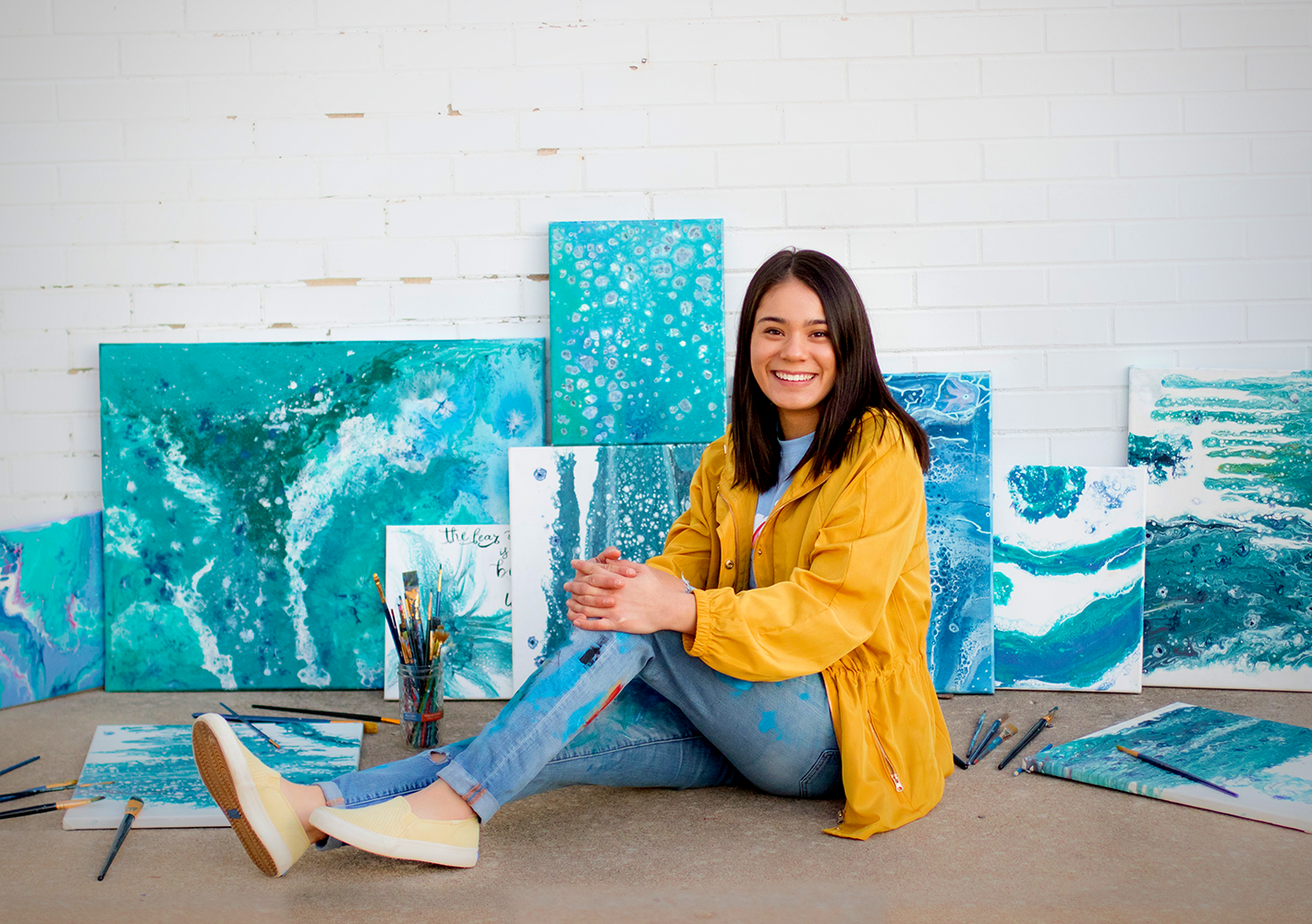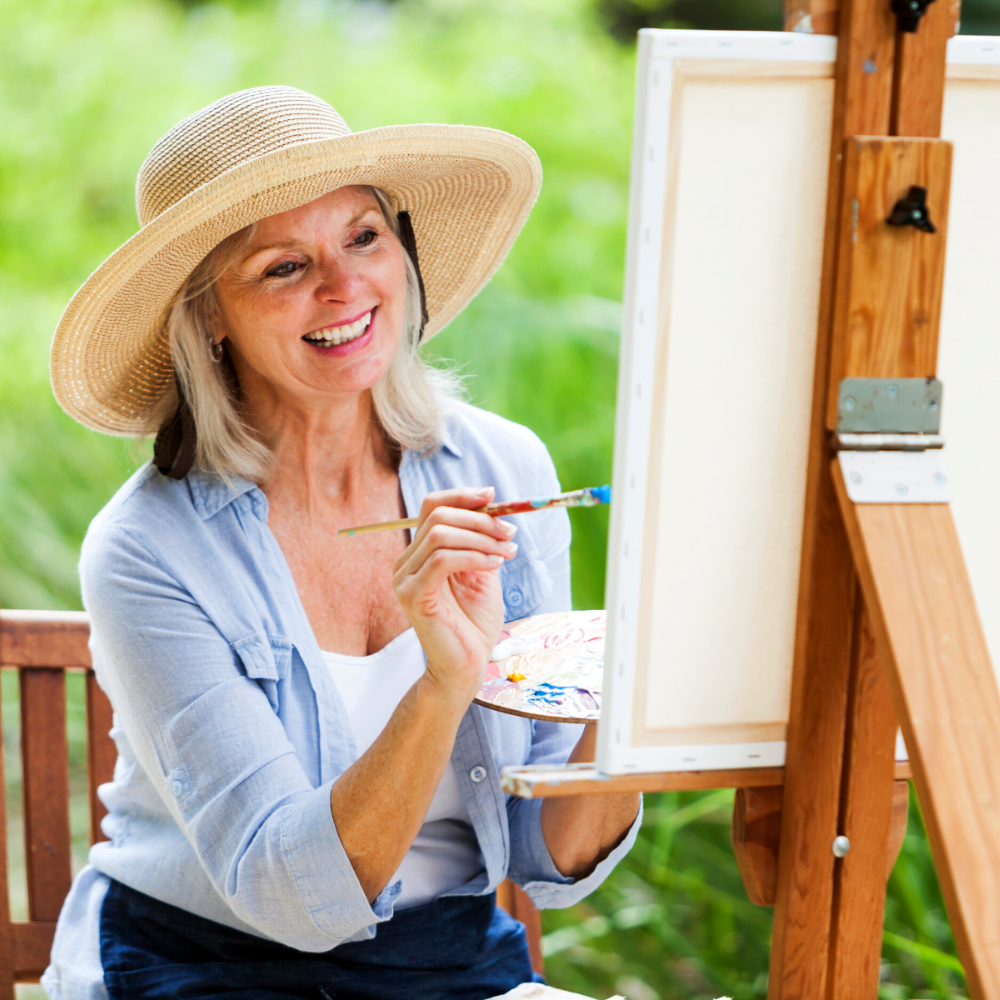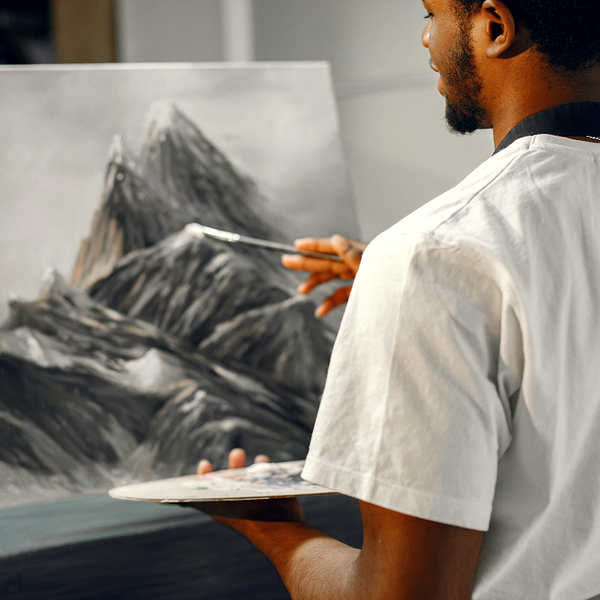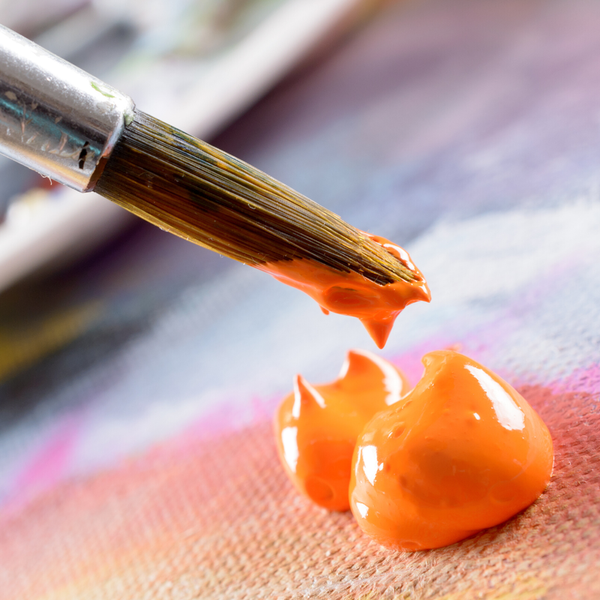Ever felt that itch to pick up a paintbrush but wondered if the ship has sailed?
Whether you're in your twenties, fifties, or even seventies, the desire to create art can strike at any age.
The fantastic news? It's never too late to start painting!
This comprehensive guide will explore the myriad benefits, challenges, and practical tips for learning to paint later in life, along with inspiring stories of renowned artists who embarked on their artistic journeys well past their youth.
Get ready to unlock your inner artist and dive into the colorful world of painting!
Key Takeaways:
- Age is Just a Number: It's never too late to start painting, regardless of your age.
- Accessible Resources: Numerous resources, including art classes and online tutorials, are available to help you begin your artistic journey.
- Personal Growth: Learning to paint can enhance your creativity, provide a sense of accomplishment, and offer a new form of self-expression.
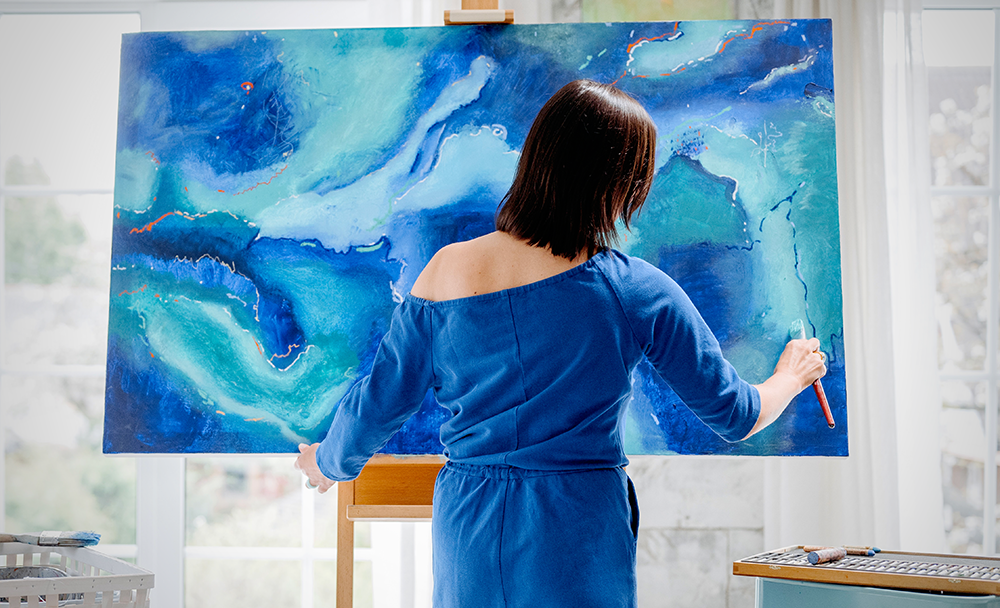

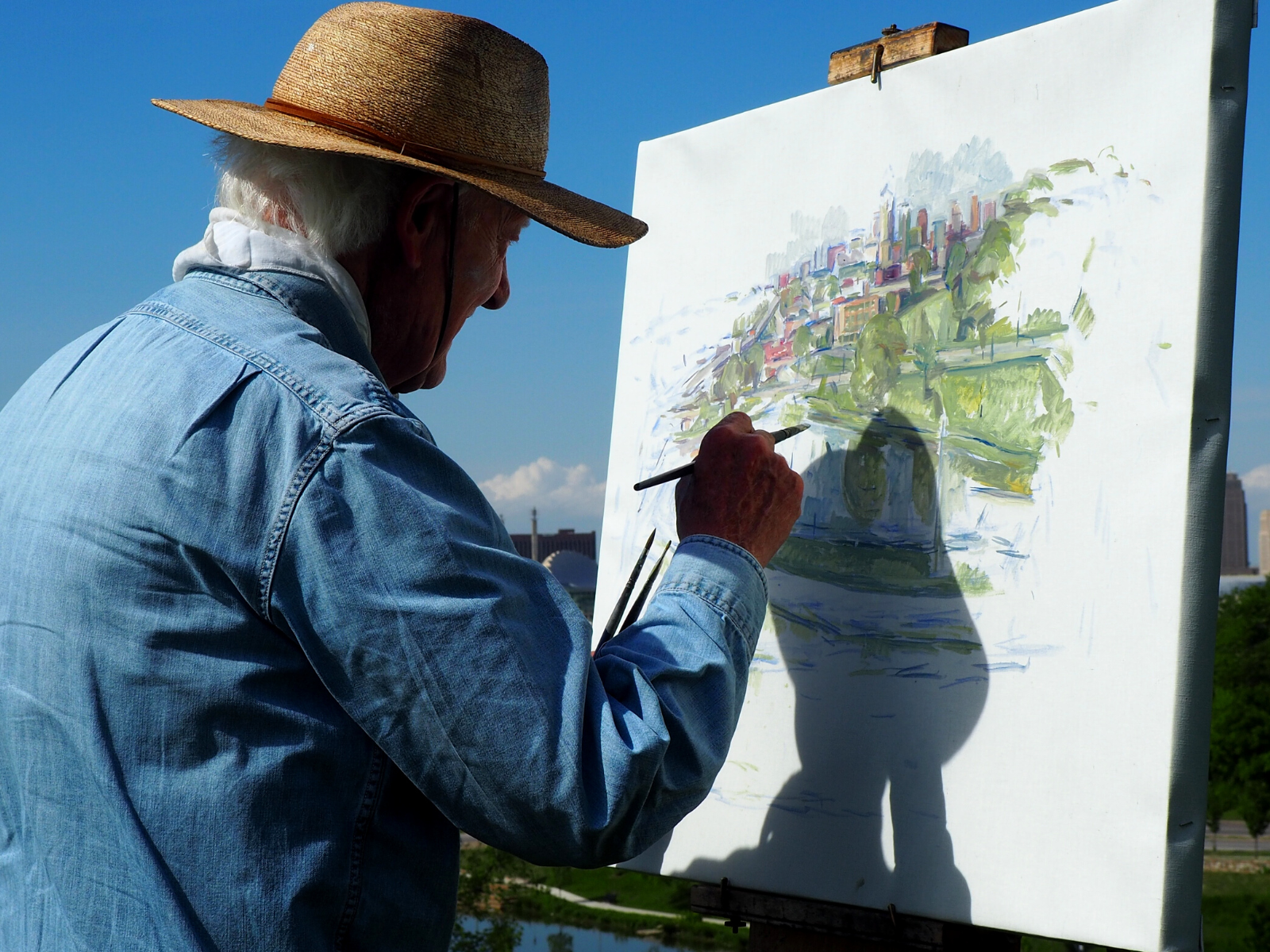
The Myth of "Too Late"
Many people believe that if they didn't start painting at a young age, they've missed their chance.
This myth is perpetuated by the idea that natural talent is a prerequisite for creating art.
However, numerous examples of artists who began their careers later in life debunk this notion.
Grandma Moses, for instance, started painting in her seventies and became one of the most celebrated folk artists in American history.
Benefits of Learning to Paint Later in Life
Learning to paint later in life offers numerous benefits.
For one, it provides a new avenue for self-expression.
As we age, we accumulate a wealth of experiences and emotions that can be channeled into our artwork.
Additionally, painting can be a therapeutic activity, helping to reduce stress and improve mental well-being.
It also offers a sense of accomplishment and can be a fun and engaging way to spend your time.
Overcoming Self-Doubt
Self-doubt is a common barrier for aspiring artists.
Many people worry that they lack the natural talent required to create beautiful paintings.
However, talent is only one part of the equation.
Practice, dedication, and a willingness to learn are equally important.
Remember, every renowned artist started as a beginner. The key is to focus on your own journey and not compare yourself to others.
Finding Inspiration
Finding inspiration is crucial for any artist.
Whether it's a beautiful landscape, a meaningful memory, or an abstract concept, inspiration can come from anywhere.
Keeping a sketchbook to jot down ideas and make quick sketches can be incredibly helpful.
Additionally, visiting art galleries, reading art books, and following fellow artists on social media can provide a wealth of inspiration.
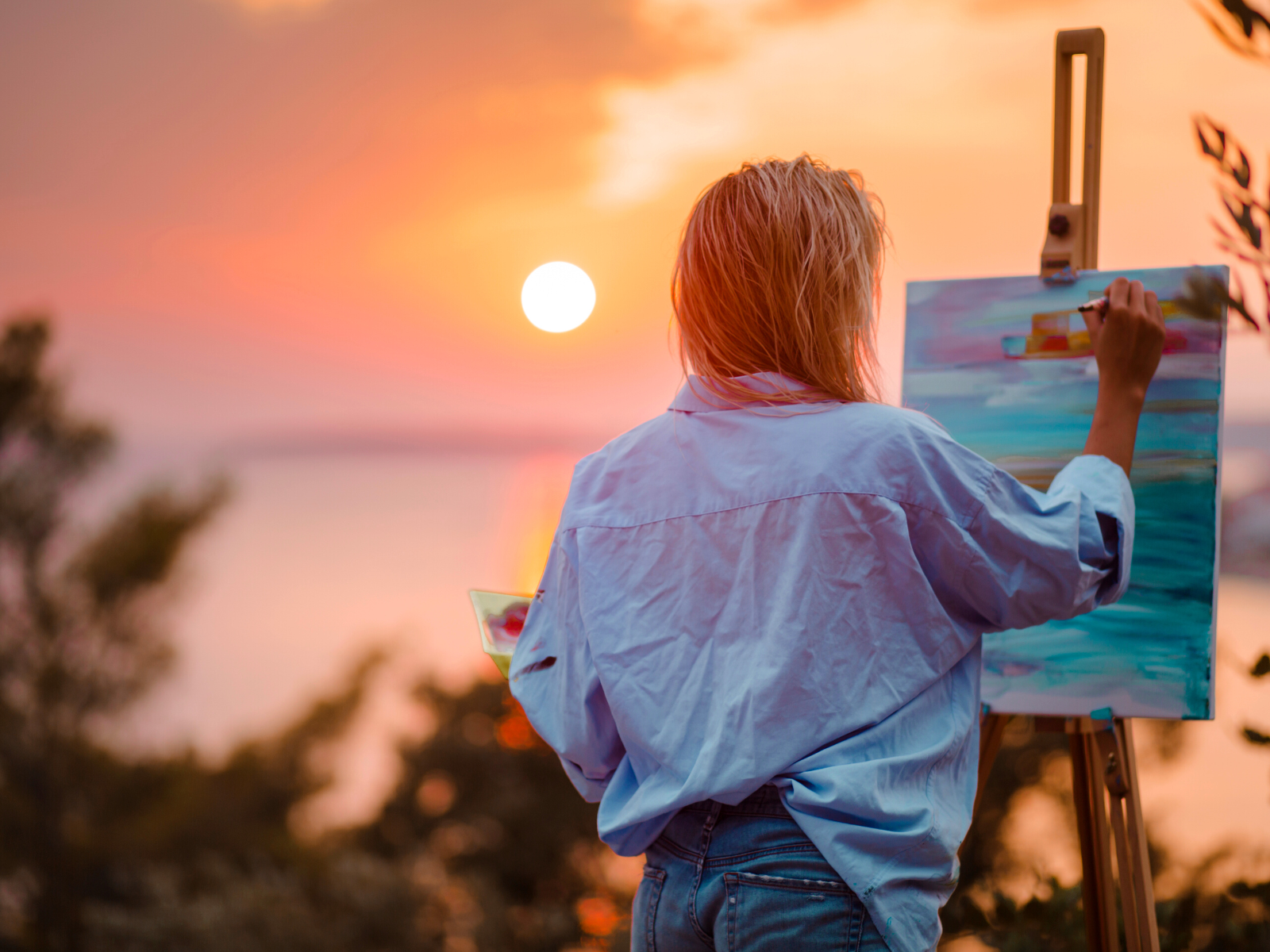
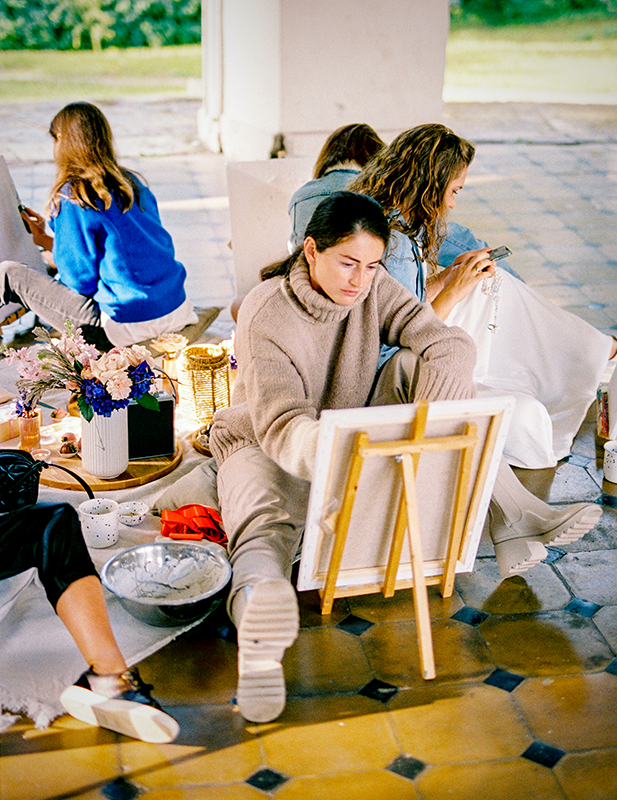
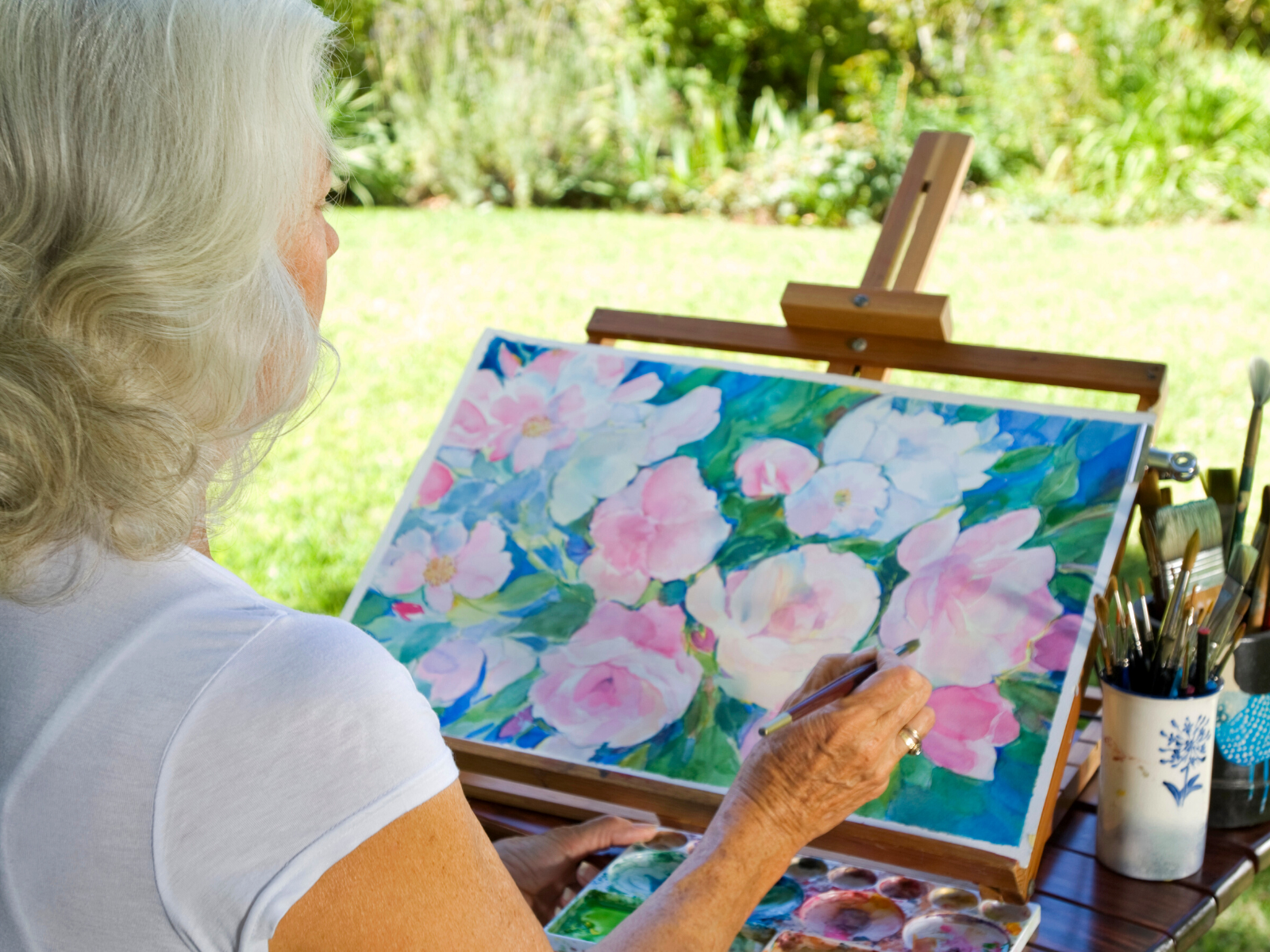
Choosing the Right Medium
When starting to paint, choosing the right medium is essential.
Watercolor painting, oil painting, and acrylics are popular choices, each with its own set of techniques and characteristics.
Watercolor painting is known for its fluidity and transparency, making it ideal for creating delicate and ethereal artworks.
Oil painting, on the other hand, offers rich textures and vibrant colors, allowing for more detailed and layered compositions.
Art Materials and Tools
Investing in quality art materials and tools can significantly impact your painting experience.
High-quality paint brushes, paints, and canvases can make a noticeable difference in the final outcome of your artwork.
While it's tempting to go for cheaper options, investing in good materials can save you frustration and help you achieve better results.
Additionally, experimenting with different tools and materials can help you discover your own style and preferences.
Taking Art Classes
Art classes can be incredibly beneficial for beginners.
They provide structured learning, expert guidance, and a supportive environment to practice and improve your skills.
Many community centers, art schools, and online platforms offer art classes for all skill levels.
Joining a class can also help you connect with fellow artists, share ideas, and find inspiration.
Self-Taught vs. Formal Education
Deciding whether to pursue formal education or be self-taught is a personal choice.
Formal education, such as attending an art school, offers structured learning, access to experienced instructors, and a comprehensive curriculum.
On the other hand, being self-taught allows for more flexibility and the freedom to learn at your own pace.
Many renowned artists, including Frida Kahlo and Jean-Michel Basquiat, were self-taught and achieved great success.
Developing Your Own Style
Developing your own style is an essential part of becoming an artist.
It involves experimenting with different techniques, mediums, and subjects to find what resonates with you.
Your style is a reflection of your unique perspective and experiences.
Don't be afraid to take risks and try new things. Over time, your style will evolve and become more distinct.

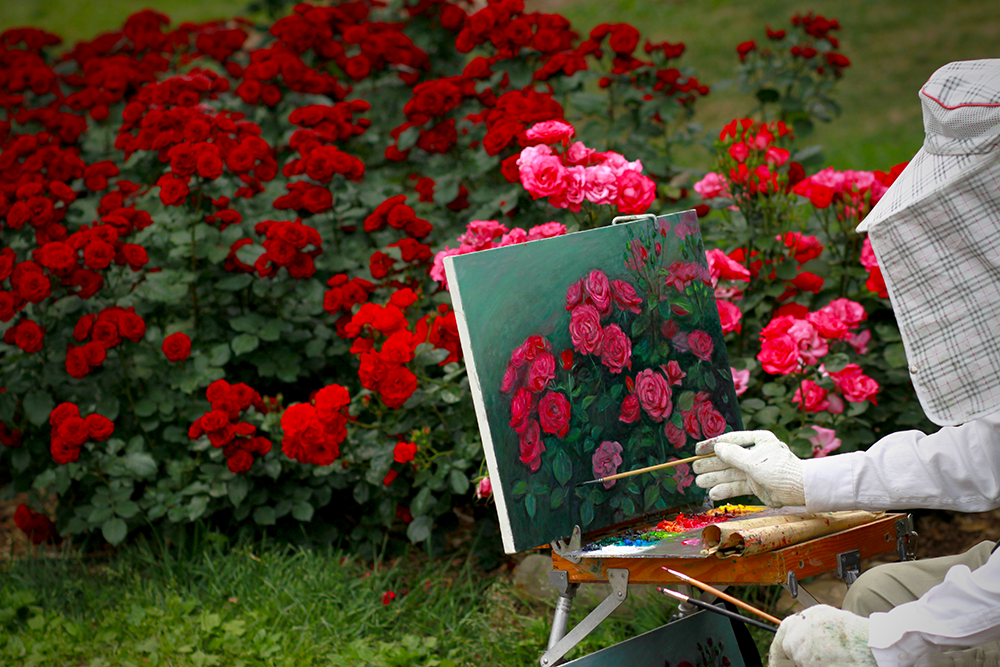
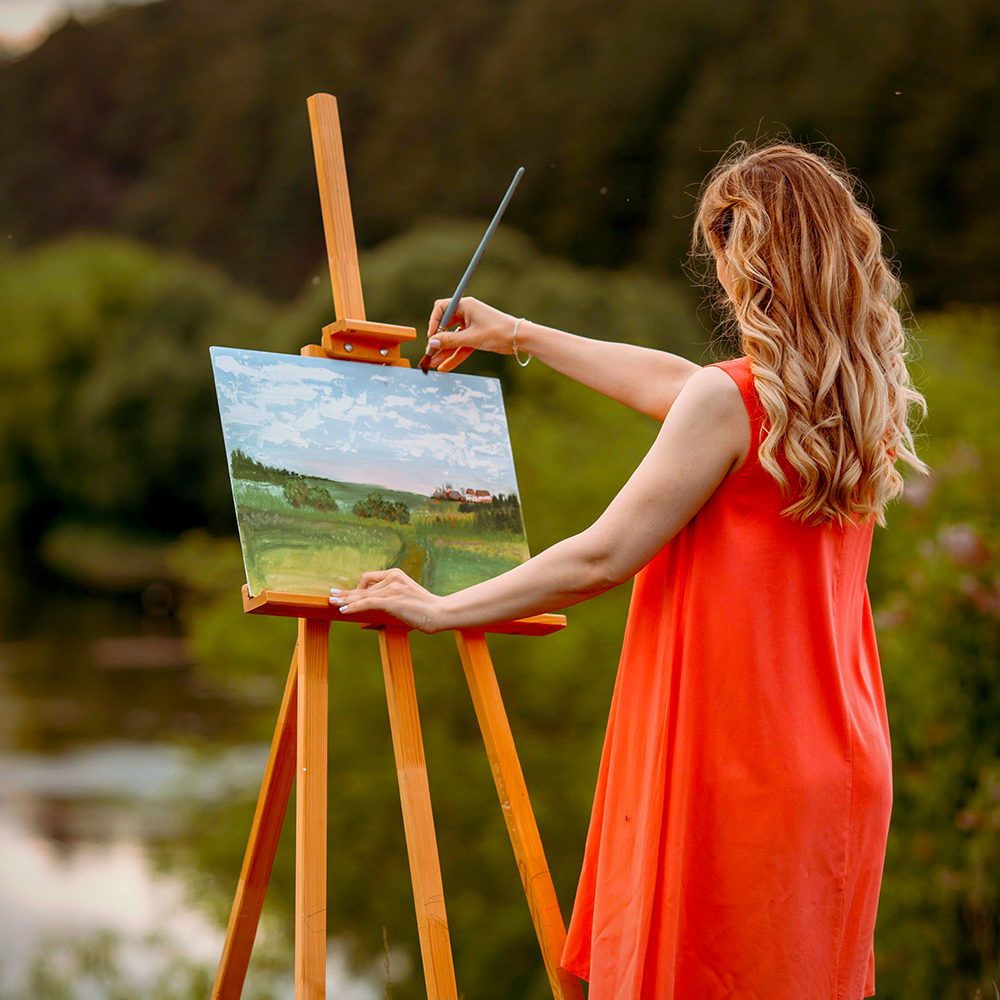
The Importance of Practice
Practice is crucial for improving your painting skills.
The more you paint, the better you'll become.
Set aside regular time each week to practice and experiment with different techniques.
Don't be discouraged by mistakes or setbacks; they are part of the learning process.
Remember, even the most skilled artists continue to practice and refine their craft.
Embracing Mistakes
Mistakes are an inevitable part of the creative process.
Instead of viewing them as failures, see them as opportunities to learn and grow.
Many great artworks have emerged from happy accidents and unexpected outcomes.
Embracing mistakes can lead to new discoveries and innovative techniques.
Keep an open mind and be willing to adapt and experiment.
Finding a Supportive Community
Having a supportive community can make a significant difference in your artistic journey.
Connecting with fellow artists, whether in person or online, can provide encouragement, feedback, and inspiration.
Join local art groups, attend workshops, and participate in online forums and social media groups.
Sharing your work and receiving constructive feedback can help you grow as an artist.
Setting Realistic Goals
Setting realistic goals is essential for staying motivated and making progress.
Start with small, achievable goals, such as completing a painting each week or mastering a specific technique.
As you gain confidence and improve your skills, gradually set more challenging goals.
Having clear objectives can help you stay focused and track your progress.
Balancing Art with Daily Life
Balancing art with daily life can be challenging, especially if you have other responsibilities such as work or family.
Finding time to paint requires planning and prioritization.
Set aside dedicated time for painting, even if it's just a few hours each week.
Communicate with your family and friends about your artistic goals and seek their support.
Remember, making art should be a joyful and fulfilling experience, not a source of stress.
The Role of Technology
Technology has revolutionized the way we create and share art.
Digital tools and software, such as graphic design programs and drawing tablets, offer new possibilities for creating art.
Online platforms and social media provide opportunities to showcase your work, connect with other artists, and access a wealth of resources and tutorials.
Embracing technology can enhance your artistic journey and open up new avenues for creativity.
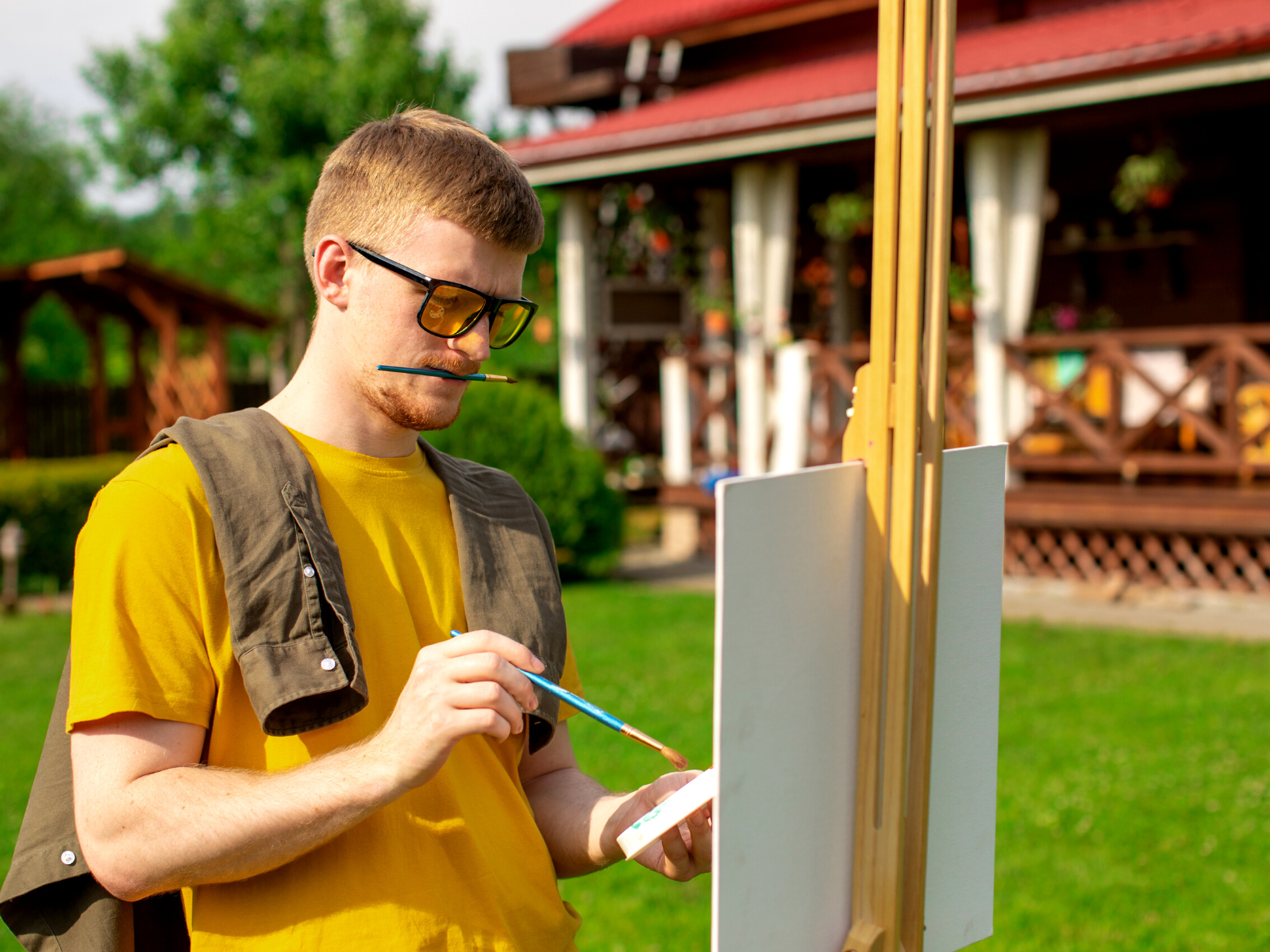
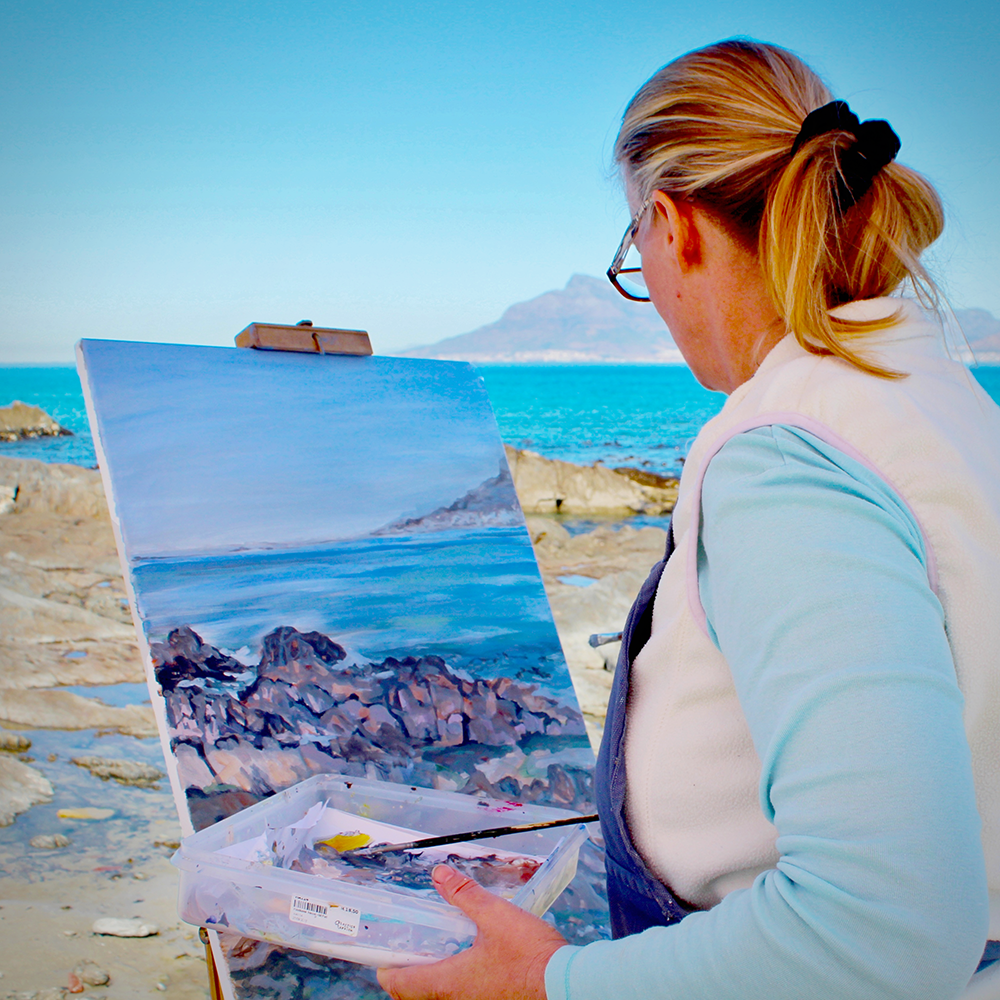

The Therapeutic Benefits of Painting
Painting can have numerous therapeutic benefits.
It provides a creative outlet for expressing emotions and reducing stress.
The act of painting can be meditative, helping to calm the mind and improve mental well-being.
Additionally, creating art can boost self-esteem and provide a sense of accomplishment.
Many people find painting to be a rewarding and fulfilling activity that enhances their overall quality of life.
Overcoming Creative Blocks
Creative blocks are a common challenge for artists.
When you feel stuck or uninspired, try changing your routine or experimenting with new techniques and subjects.
Taking a break and engaging in other activities, such as reading, walking, or listening to music, can also help refresh your mind and spark new ideas.
Remember, creative blocks are temporary, and with patience and persistence, you can overcome them.
Learning from Other Artists
Learning from other artists can provide valuable insights and inspiration.
Study the works of renowned artists, both past and present, to understand their techniques and styles.
Attend art exhibitions, read art books, and watch documentaries to gain a deeper appreciation of different art forms.
Additionally, seek feedback and advice from fellow artists and mentors to improve your skills and broaden your perspective.
The Joy of Creating Art
The joy of creating art lies in the process itself.
Painting allows you to express your creativity, explore new ideas, and bring your imagination to life.
It's a deeply personal and fulfilling experience that can bring immense satisfaction and happiness.
Whether you're painting for yourself or sharing your work with others, the act of creating art is a rewarding journey that enriches your life.
Must-Know Painting Tips to Unleash Your Creative Side
Ready to dive into the world of painting but not sure where to start? Whether you're a beginner or looking to refine your skills, these essential painting tips will help you on your artistic journey. Grab your brushes and let's get started!
- Start with Quality Supplies: Investing in good quality paints, brushes, and canvases can make a significant difference in your work. High-quality materials not only last longer but also provide better results.
- Understand Color Theory: Learn the basics of color theory, including the color wheel, complementary colors, and how to mix colors effectively. This knowledge will help you create more harmonious and visually appealing paintings.
- Practice Drawing Skills: Strong drawing skills are the foundation of good painting. Spend time sketching and practicing your drawing techniques to improve your overall artistic ability.
- Experiment with Different Mediums: Don't limit yourself to just one type of paint. Try out watercolors, acrylics, oils, and even mixed media to discover which medium you enjoy the most and which suits your style.
- Use Reference Photos: Reference photos can be incredibly helpful, especially for beginners. They provide a clear guide for proportions, lighting, and details, making it easier to create realistic paintings.
- Work on Composition: A well-composed painting is more engaging and visually pleasing. Study the principles of composition, such as the rule of thirds, balance, and focal points, to enhance your artwork.
- Layer Your Paints: Building up layers of paint can add depth and dimension to your work. Start with thin layers and gradually add more, allowing each layer to dry before applying the next.
- Keep Your Palette Clean: A clean palette helps you mix colors more accurately and prevents muddy colors. Regularly clean your palette and brushes to maintain the purity of your colors.
- Take Breaks and Step Back: Taking breaks allows you to return to your painting with fresh eyes. Stepping back from your work periodically helps you see the overall composition and identify areas that need improvement.
- Embrace Mistakes: Mistakes are a natural part of the learning process. Instead of getting frustrated, use them as opportunities to learn and grow. Sometimes, happy accidents can lead to unexpected and beautiful results.
Remember, the most important tip is to enjoy the process and have fun with your painting. Happy creating!
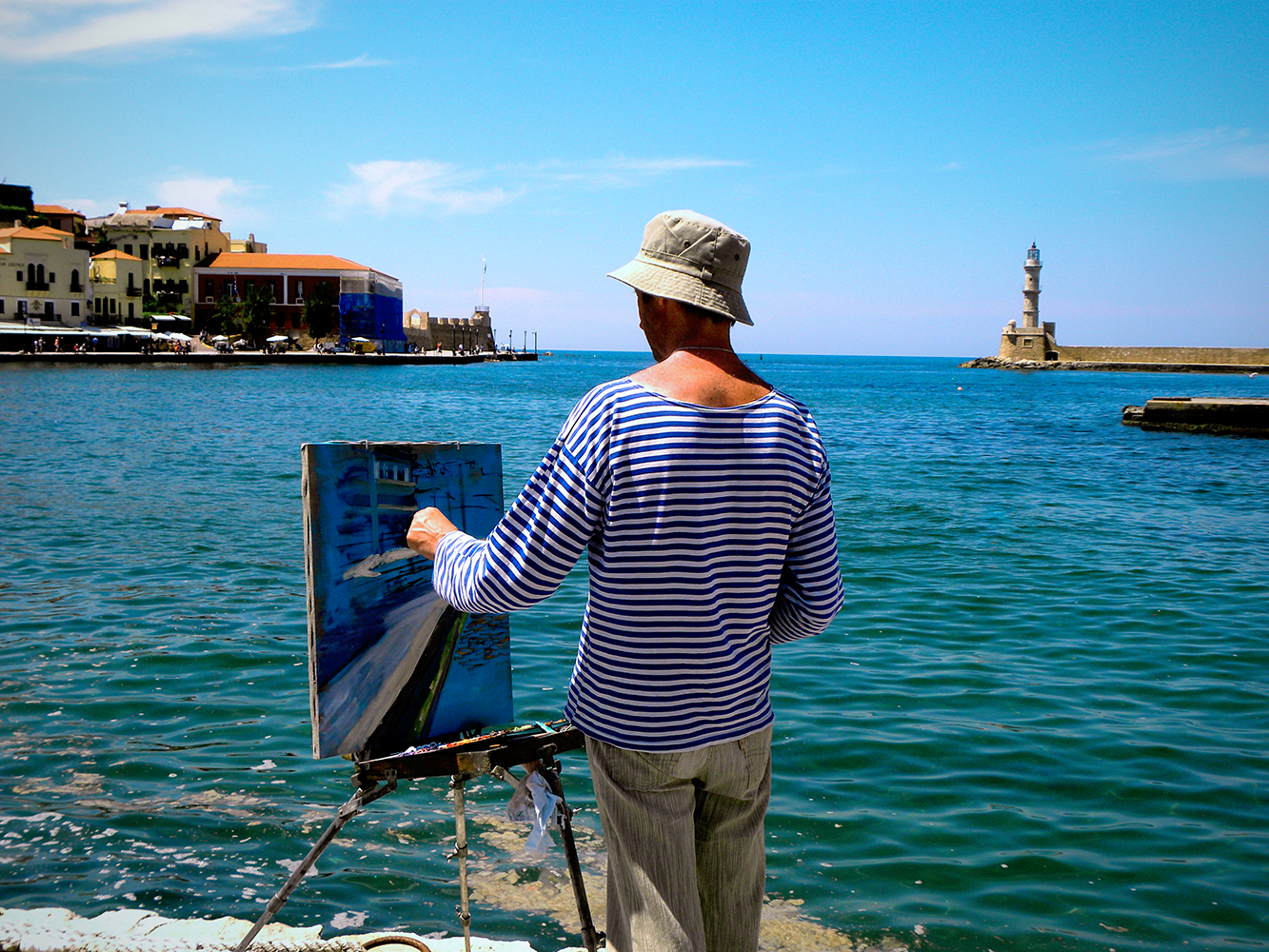
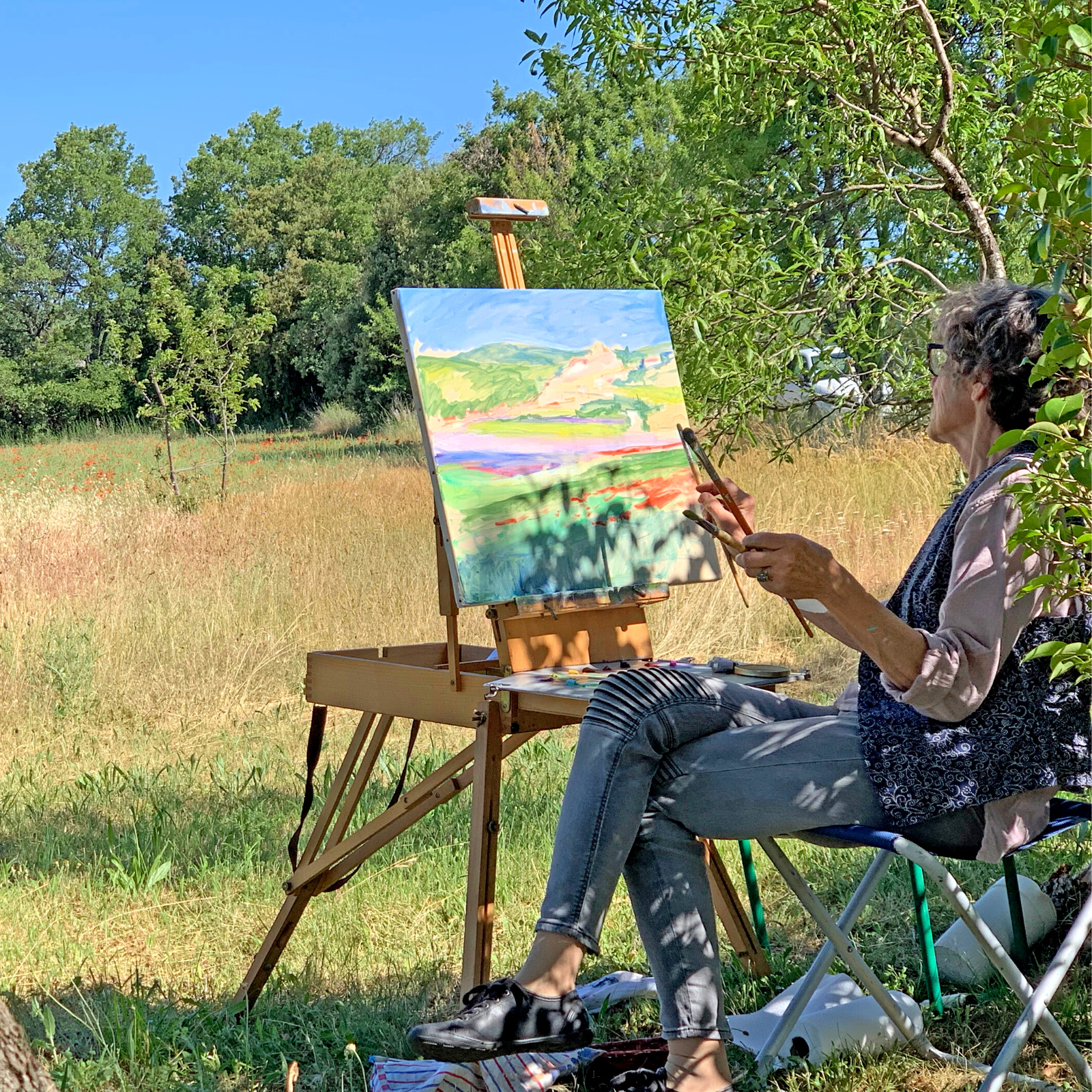

Embrace the Canvas of Life
No matter your age, the world of painting is ready to welcome you with open arms.
It's never too late to start painting and explore your creative potential.
The beauty of art lies in its timeless ability to inspire, heal, and transform.
Whether you choose to take art classes, be self-taught, or find inspiration from other artists, the key is to enjoy the process and embrace the challenges and rewards that come with it.
Painting offers numerous benefits, from self-expression and personal growth to therapeutic and mental well-being.
So, why wait any longer?
Dive into the vibrant world of colors, let your creativity flow, and discover the joy that painting can bring to your life.
Your masterpiece is just a brushstroke away!

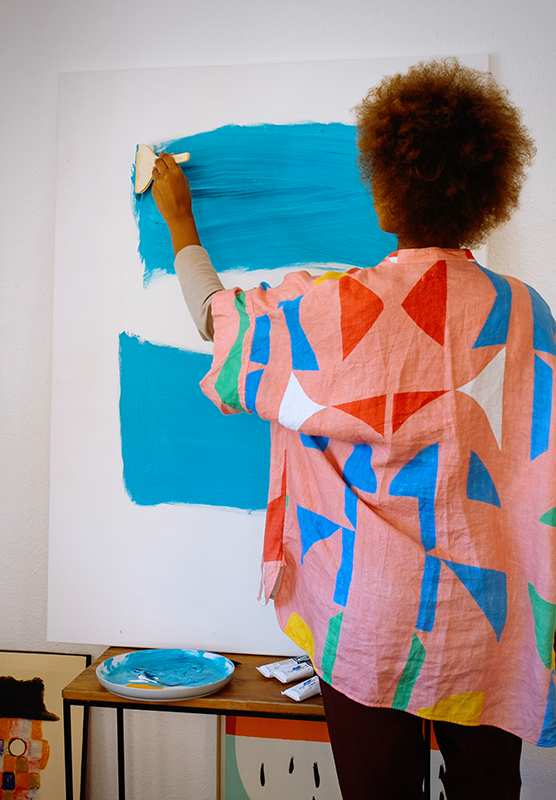
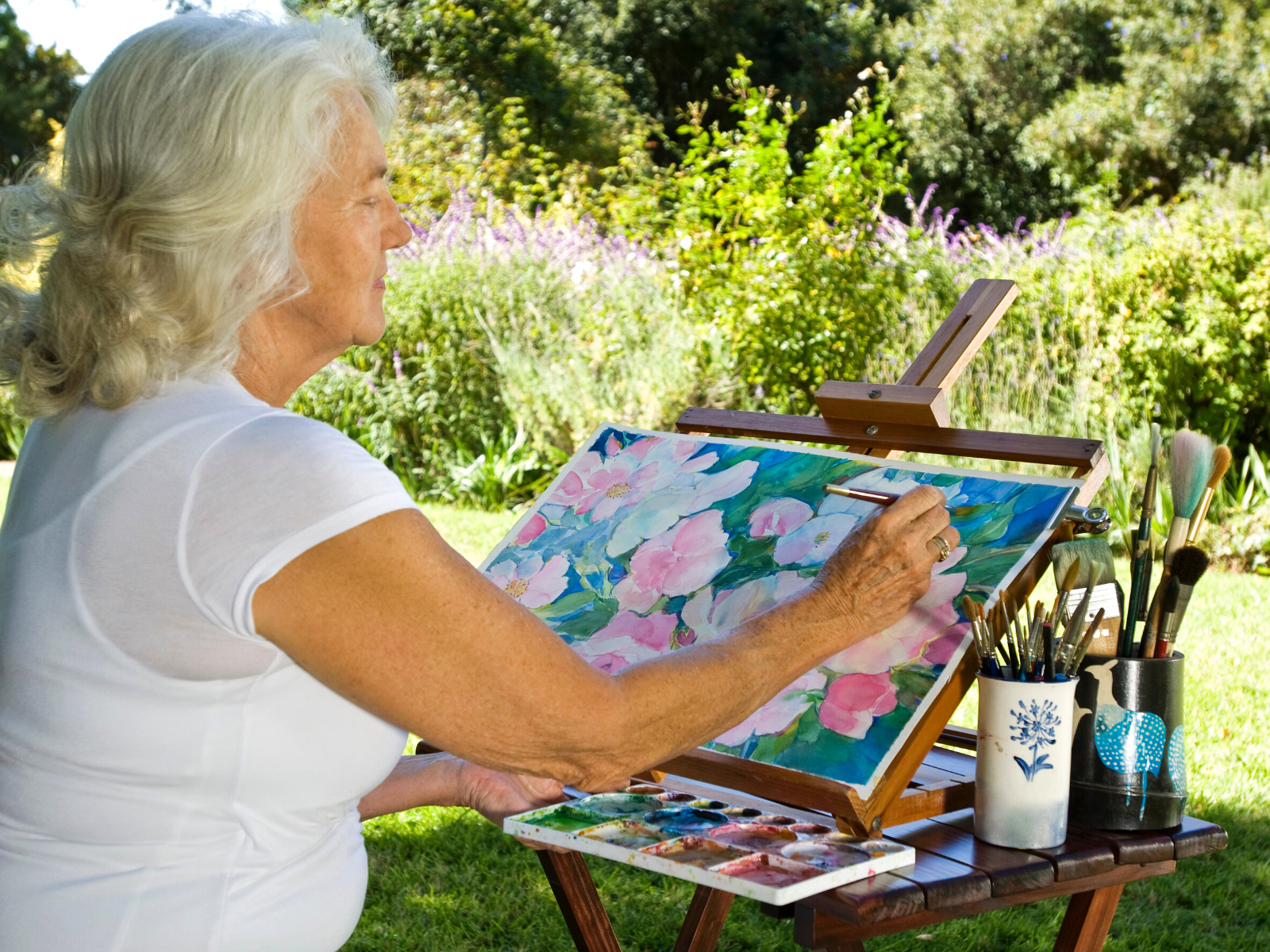
Painting FAQs
Are you ready to dive into the colorful world of painting but have a few questions holding you back?
You're not alone!
Whether you're wondering if it's too late to start, questioning if you need natural talent, or searching for the best resources to kickstart your artistic journey, we've got you covered.
Let's explore some of the most frequently asked questions about painting and set your creative spirit free!
Is it too late to learn to paint if I'm over 50?
Absolutely not. Many artists have started painting later in life and achieved great success. Age should not be a barrier to pursuing your passion for art.
Do I need natural talent to become a good painter?
While natural talent can be helpful, practice, dedication, and a willingness to learn are equally important. Many renowned artists have honed their skills through years of practice and experimentation.
What are some good resources for beginners?
There are numerous resources available for beginners, including online tutorials, art classes, and books. Websites like YouTube, Skillshare, and Coursera offer a wealth of tutorials and courses for all skill levels.
What type of paint should I start with?
For beginners, acrylic paint is often recommended. It's versatile, dries quickly, and is easy to clean up with water. As you gain more experience, you might want to explore other types like oil or watercolor paints.
How do I choose the right brushes?
Start with a basic set that includes a variety of shapes and sizes. Look for brushes labeled for acrylic or watercolor use, depending on your chosen medium. As you become more comfortable, you can invest in higher-quality brushes.
Can I paint without an easel?
Absolutely! While an easel can provide a comfortable working angle and help with posture, it's not essential. Many artists paint flat on a table or even on the floor. Choose what feels most comfortable for you.
How do I find my painting style?
Experimentation is key. Try different techniques, subjects, and mediums to see what resonates with you. Over time, you'll naturally develop a style that reflects your unique artistic voice.
What should I paint as a beginner?
Start with simple subjects that interest you, such as still life, landscapes, or abstract designs. As you build confidence, you can tackle more complex subjects and compositions.
How do I fix mistakes in my painting?
Mistakes are a natural part of the learning process. With acrylics, you can paint over errors once the paint dries. For watercolors, you can lift some paint with a damp brush or paper towel. Embrace mistakes as opportunities to learn and grow.
How can I stay motivated to keep painting?
Set small, achievable goals and celebrate your progress. Join a local art group or online community for support and inspiration. Remember, the joy of painting comes from the process, not just the finished product.
What are some common painting techniques I should learn?
Some fundamental techniques include blending, layering, dry brushing, and glazing. Learning these will give you a strong foundation to build upon as you explore more advanced methods.
How do I protect and preserve my finished paintings?
For acrylic and oil paintings, consider applying a varnish to protect the surface. Watercolor paintings should be framed under glass to prevent damage. Store your artwork in a cool, dry place away from direct sunlight.

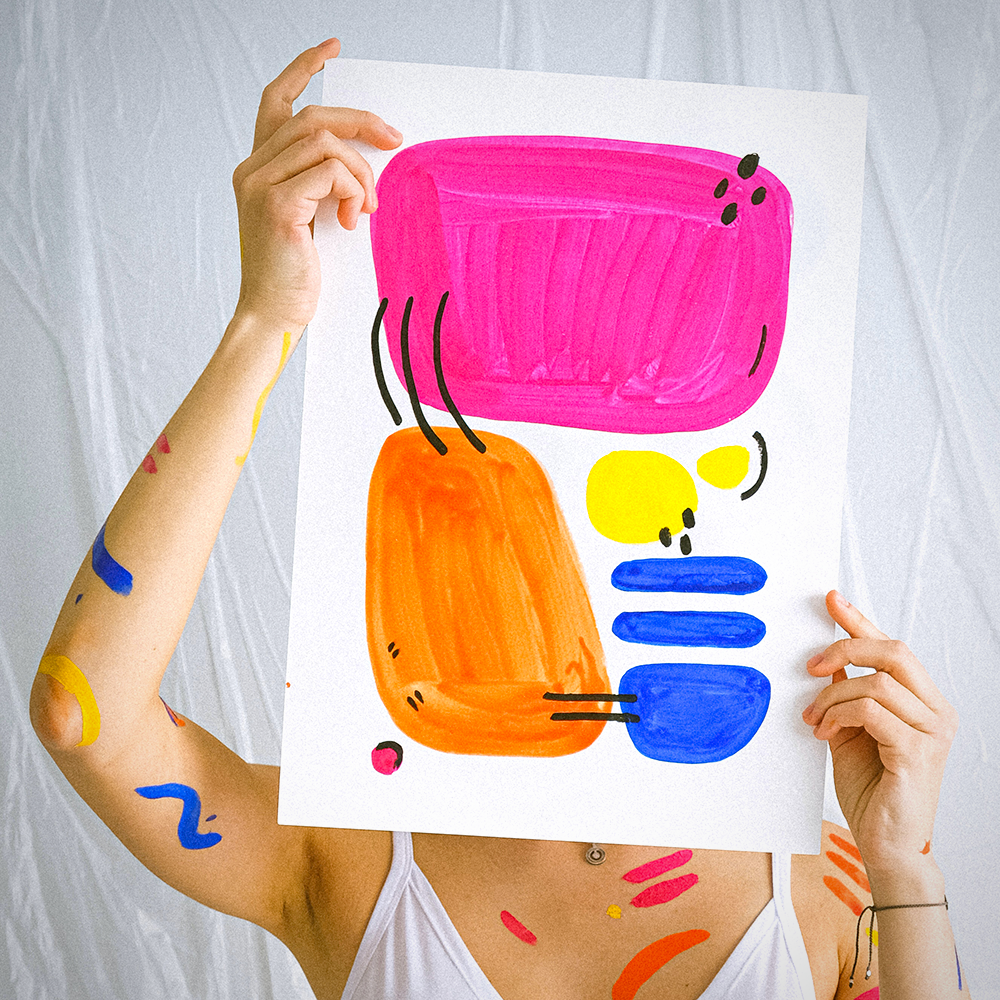

Debating whether to start painting? Check out Louise Fletcher Art's video!
Want even more content about creativity and art?
Be sure to check out all of our creative chronicles!
Ready to dive into the world of painting?
Check out our other painting articles:
-What is the easiest thing to paint?
-What are the basic skills of painting?
-How long does it take to get good at painting?
-What is the most common painting technique?
-Can I learn to paint by myself?
-How to start painting as a hobby

